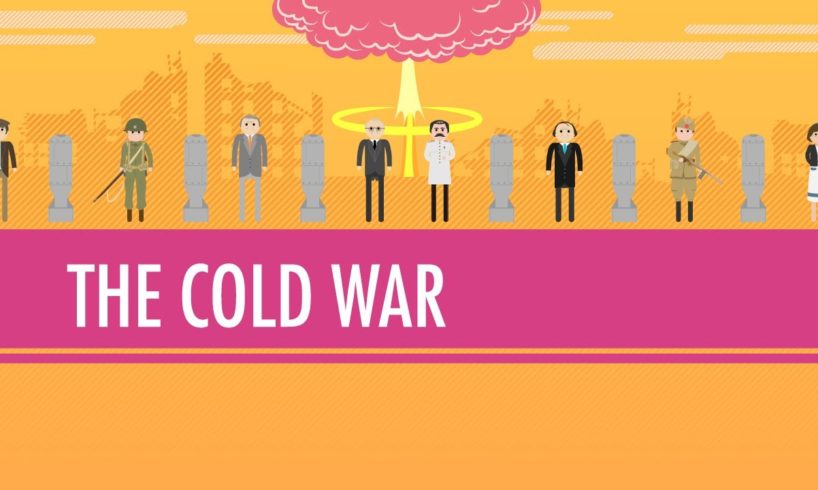
In which John Green teaches you about the Cold War, which was occasionally hot, but on average, it was just cool. In the sense of its temperature. It was by no means cool, man. After World War II, there were basically two big geopolitical powers left to divide up the world. And divide they did. The United States and the Soviet Union divvied up Europe in the aftermath of the war and then proceeded to spend the next 45 years fighting over the rest of the world. It was a great ideological struggle, with the US on the side of capitalism and profit, and the USSR pushing Communism, so-called. While both sides presented themselves as the good guy in this situation, the COLD reality is that there are no good guys. Both parties to the Cold War engaged in forcible regime changes, built up vast nuclear arsenals, and basically got up to dirty tricks. If you had to pick a bad guy though, we would point out that the USSR had no intention of bringing Laika the Cosmonaut Dog home alive. That poor dog never had a shot.
Thanks to Raoul Meyer for the YUGOGAL photo.
Chapters:
Introduction: The Cold War 00:00
The conflict between the USA and USSR 0:51
Soviet Sphere of Influence post-WWII 2:00
An Open Letter to Joseph Stalin 3:00
The Marshall Plan, the Berlin Wall, and NATO 4:04
The Nuclear Arms Race 5:16
The Hot Parts of the Cold War 6:00
The Lukewarm Parts of the Cold War 7:10
First-World, Second-World, and Third-World Divisions 7:46
The Failures of Soviet Socialism 9:06
The End of the Cold War 9:27
Credits 11:44
Want to learn more about the Cold War? Check out these other Crash Course videos:
The Cold War: Crash Course US History #37 https://www.youtube.com/watch?v=9C72ISMF_D0
The Cold War in Asia: Crash Course US History #38 https://www.youtube.com/watch?v=Y2IcmLkuhG0
George HW Bush and the End of the Cold War: Crash Course US History #44
The Cold War and Consumerism: Crash Course Computer Science #24
Post-War Rebuilding and the Cold War: Crash Course European History #41
Crash Course is on Patreon! You can support us directly by signing up at http://www.patreon.com/crashcourse
Want to find Crash Course elsewhere on the internet?
Facebook – http://www.facebook.com/YouTubeCrashCourse
Twitter – http://www.twitter.com/TheCrashCourse
Instagram – https://www.instagram.com/thecrashcourse/
CC Kids: http://www.youtube.com/crashcoursekids
source
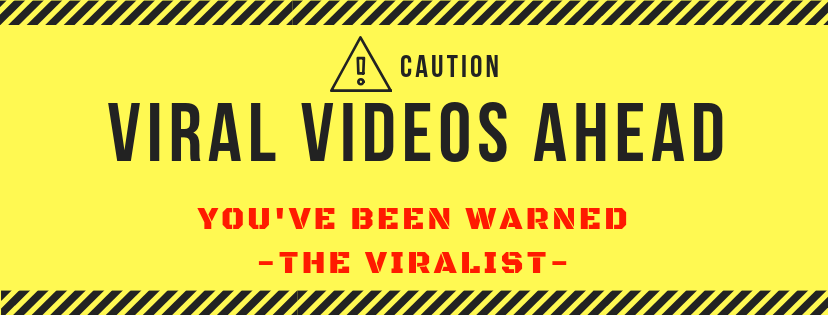
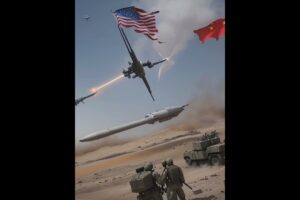


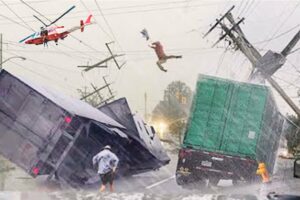
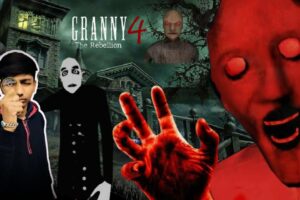

Thirty Nine Episodes! It took 39 episodes to mention Cuba a single time. Not that Cuba is a major mover and shaker of the world but it really deserves more time allocated than 2 sentences.
eww capitalist propaganda got in my educational video.
ya.. this is aspergers in a video lmfao
The US emphatically did NOT try to stabilize governments in Latin America.
how i learn about history
1% school
49% Crash course
50% my dad talking during long car rides
Is-
Is that the Kool-Aid man
me
to be fair the "hide under desk" procedure is not that stupid as it sounds. Generally if after a nuclear blast you have enough time to thing what to do before you die, you could save yourself. Because if you are close enough to the blast, you will definitely die. But if you see it (almost immediately after detonation as this information travels at a speed of light) and not die imminently that means that you are far enough that the shockwave (that travels at a speed of sound) could be weak enough not to kill you, but "just" shatter glass, windows, cause furniture to fall over or lamps to fall off ceiling. Of course I am not defending the culture of spreading paranoia and fear, just saying that sheltering yourself when you see a nuclear blast and not die immediately is not that stupid as it sounds.
i’m glad we’re all here because of our schoolwork…
3:30
My brother: that's mean, what if he sees this video?
Me: I'm pretty sure he won't
My brother: Why not? Doesn't he have technology?
Me: No, he doesn't have a pulse.
cold war: bad guys defeated by worse ones
I need to watch this video to make 15 bullets ?so someone who wants to help me?😂
Video one -Conflict between US and Russia: Conflict was due to opposing views in the way the economy should be run. US felt that the USSR wanted to get rid of capitalist institutions and the Soviets feared that the US was trying to expand its market to Europe and was seeking to replace the Soviets tradition of communism. This struggle was unique in that both countries possessed nuclear weapons and the potential consequences were fare more grave. In Europe communist and capitalists’ efforts went head to head, in 1961 the Soviet sectioned of West Berlin and created the Berlin wall. The US responded by sending resources to East Berlin and creating a very capitalist society. These efforts are a reflection of the US policy of containment, which met Russian efforts of expansion with equal resistance. Additional efforts include US intervention in the political affairs of other countries where Communists candidates were capable of preceding.
What made the cold war so significant were the nuclear missiles. A term developed that prevented the firing of missiles: Mutually assured destruction (MAD). Both countries knew that engaging in this firefight would leave both countries at a loss.
These conflicts were so prominent that countries began to be grouped into categories known as worlds. First world countries backed capitalism, second world countries supported the Soviet Union and third world countries included everyone else. The US and USSR were both eager to convert countries, over time though the communists could not keep up with the economic prosperity and growth of the West. They also had outdated systems such as collectivized agriculture, stymied production which led to famine, suppression of dissent and the presence of traditional cultures.
New policies of ''openness'' decreased censorship and increased public awareness of flaws within the communist system. Slowly communist states collapsed as they realized that capitalist countries possessed greater wealth and provided a higher quality of life.
talks way too fast
You're really going to talk about the fall of the iron curtain without mentioning Pope John Paul II?
He was the one who encouraged the people of Eastern Europe to hold on to their identities as nations and persons. It was his encouragement that led to uprisings that finally broke through to the Soviets that they didn't have such an iron hold over the people. And so the "people's government" obviously not supported by the people started to crack.
2020 anyone?
No one?????
OK, I guess its just me…
11:15
It seems Mongols are the only exception for conquering Russia and Asia along with Afghanistan.
Well this is 2020 and I’m watching this because my teacher is making me watch this because of corona virus, I’m sick of this sickness stuff ugh! So if your seeing this in 2070 hello
John Green your a socialist soy boy who teaches kids fake news!
oh my god we almost destroyed humanity just because we had different ideologies. why is the human so stupid?
No, Winston Churchill will credit Nazi minister of Propaganda Josef Goebbels with this metaphor. Goebbels was the author of the phrase, “The Iron Curtain”.
This guy talks too fast, making it hard to do my work.
Sadly I don't think I can shoot straight either…
I sure am glad Stalin's not my Dad!
6:35 Sikhs has been conquered some of part of Afghanistan, now it's part of Pakistan.
What policies did Mikhail Gorbachev introduce? i can't find the answer to that question on my assignment, can somebody give me a watermark?
The KGB would like to know your location
7:55 he starts talking about the 3 worlds
Smh I’m here from online class who else
I'm bored so now I'm re watching all of these videos cuz they're actually rly interesting XD
12:14 , GIANT BRUH
Thanks school, this will totally come in handy later on…